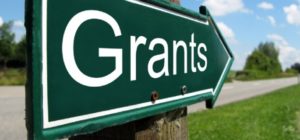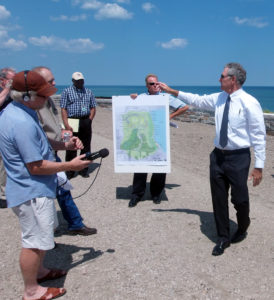You’re invited to a workshop about economic development on brownfield properties, to be held at the County Community Building in DeKalb, Illinois, on July 25, 2018, from 9:15 a.m. to 3:00 p.m. DeKalb is about 60 minutes south of Beloit. The workshop is free but registration is required by July 20. Lunch will be provided.
This workshop will help communities gain a better understanding of what a brownfield is, learn how brownfield revitalization can be a part of your community’s economic development strategy, and hear from state and national leaders about resources available to your community. Some of the material will be Illinois-specific, but most of it is broadly applicable to all brownfield properties everywhere.
Workshop presenters include a brownfields expert from U.S. EPA’s Technical Assistance to Brownfields (TAB) program. This person also serves and consults with Wisconsin communities. TAB services and federal funding opportunities will be discussed in detail.
For more information about this workshop, and to register, go to https://www.ksutab.org/education/workshops/details?id=300




 Teamwork can transform old, dilapidated industrial and commercial properties into economically and socially beneficial community assets. The DNR’s Remediation and Redevelopment Program is willing and able to be on your local government team. We have experience with thousands of successful revitalization projects, we have grant and loan funding available, and we can help bring other key stakeholders to your table at any stage of the process.
Teamwork can transform old, dilapidated industrial and commercial properties into economically and socially beneficial community assets. The DNR’s Remediation and Redevelopment Program is willing and able to be on your local government team. We have experience with thousands of successful revitalization projects, we have grant and loan funding available, and we can help bring other key stakeholders to your table at any stage of the process.